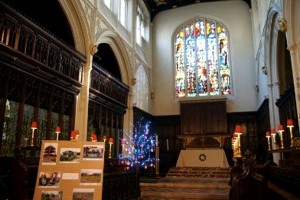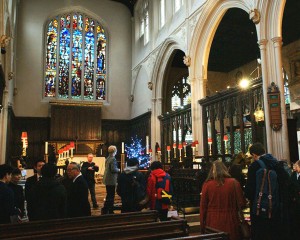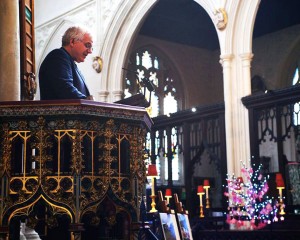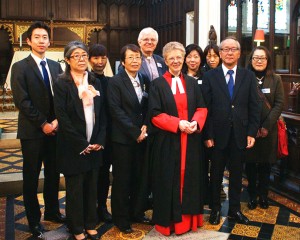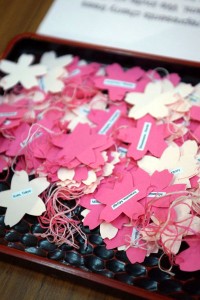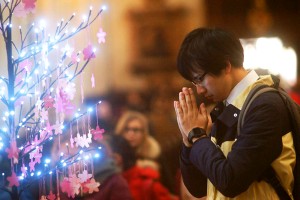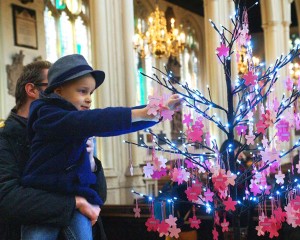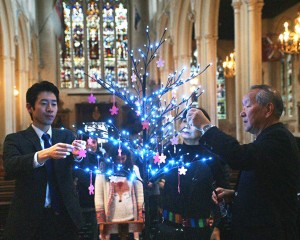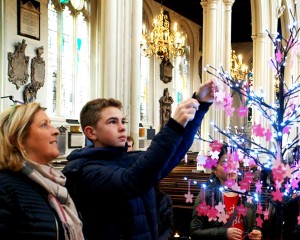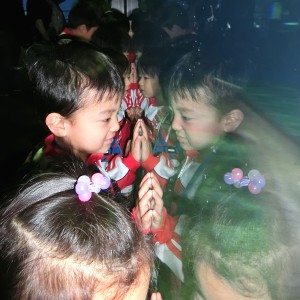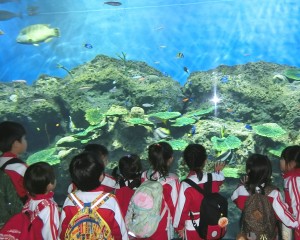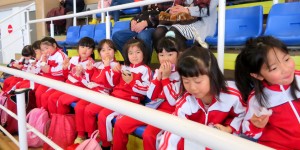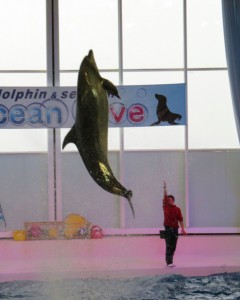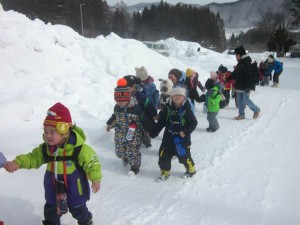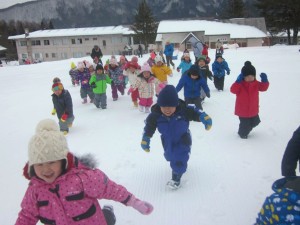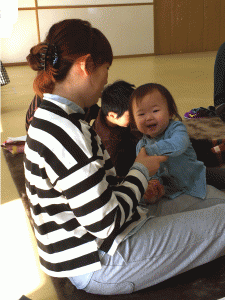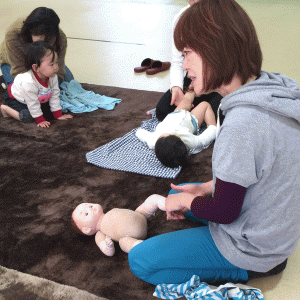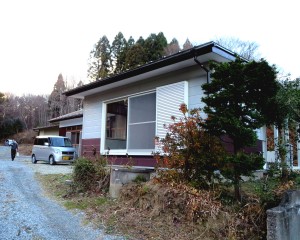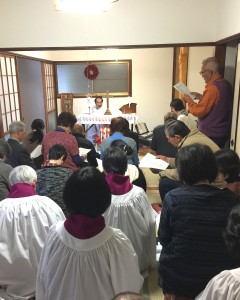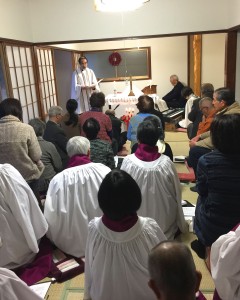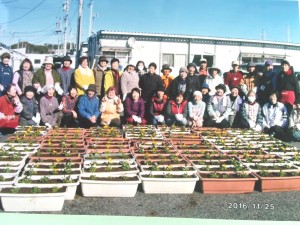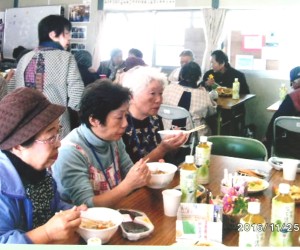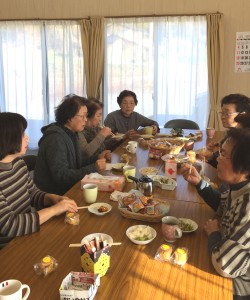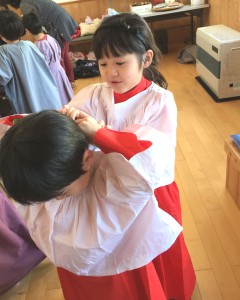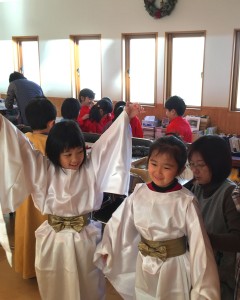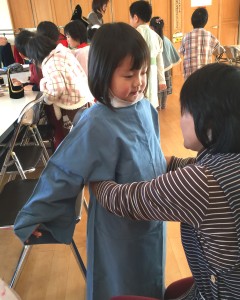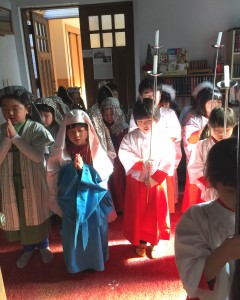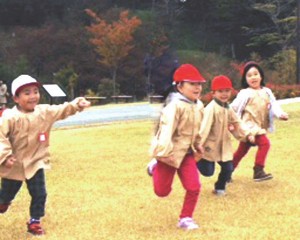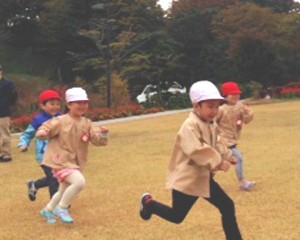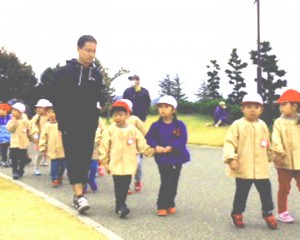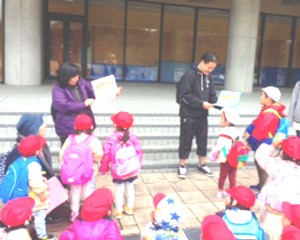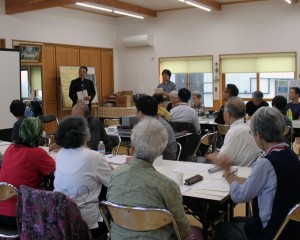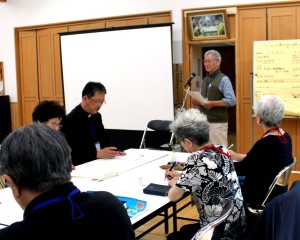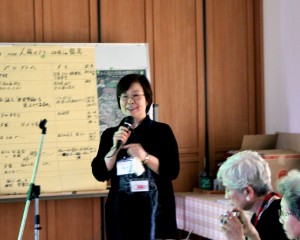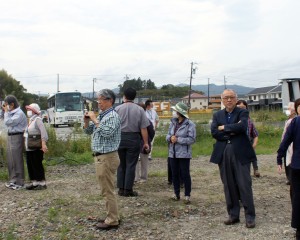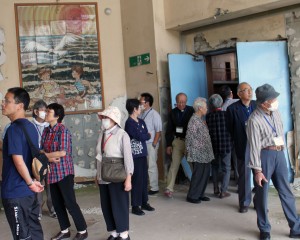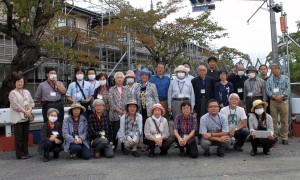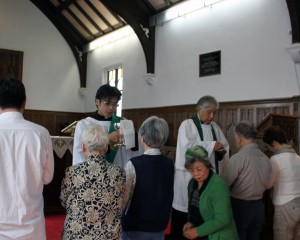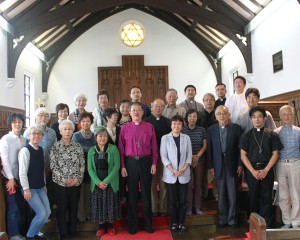Original Japanese written by Yuki Johnson
The English below written and arranged by Heeday, based on the original Japanese
The English edited by Rev. Dr. Henry French, ELCA
The Japanese-speaking church in the UK, where Ms. Yuki Johnson is active, held a service to commemorate the East Japan Earthquake of March 2011 again this year, six years after the disaster. The Anglican-Episcopal Church in Japan, its Tohoku Diocese, and we, the No Nuke Project, sent messages to the Japanese-speaking congregation.
One of its leading members, Ms. Yuki Johnson, has sent us the following report on the service as well as some nice photos taken by Mr. Shu Tomioka.
We Won’t Forget You
For victims of the 2011 Great Eastern Japan Earthquake and Tsunami
Marking the 6h Anniversary of the disaster
9:30 – 13:30
11th March (Sat) 2017
Please come to see the memorial tree
at St Margaret’s Church
Westminster Abbey
(Photo taken by Shu Tomioka at 11th March 2017)
We held a vigil in commemoration of the 2011 disaster on March 11th. Though the venue, Westminster Abbey, was not open to the general public on that particular day, we had more participants than we expected. At least 500 people attached a cherry blossom, the symbol of our remembrance of the victims of the 2011 disaster, to the Tree of Hope placed at the venue. Many of them also left deeply meaningful messages. The photos shown here were taken by Mr. Tomioka, a wonderful friend of mine.
With many thanks, (Yuki Johnson)
At St. Margaret’s Church
— Ms. Yuki Johnson (center), volunteers, secretary of the Consulate, chairperson of the Fukushima Prefecture Association, Rev. Jane, and others
— Cherry flowers with names of places where victims lost their lives in the 2011 disaster written on them
— The flowers were attached to the illuminated Tree of Hope, together with the participants’ prayers

